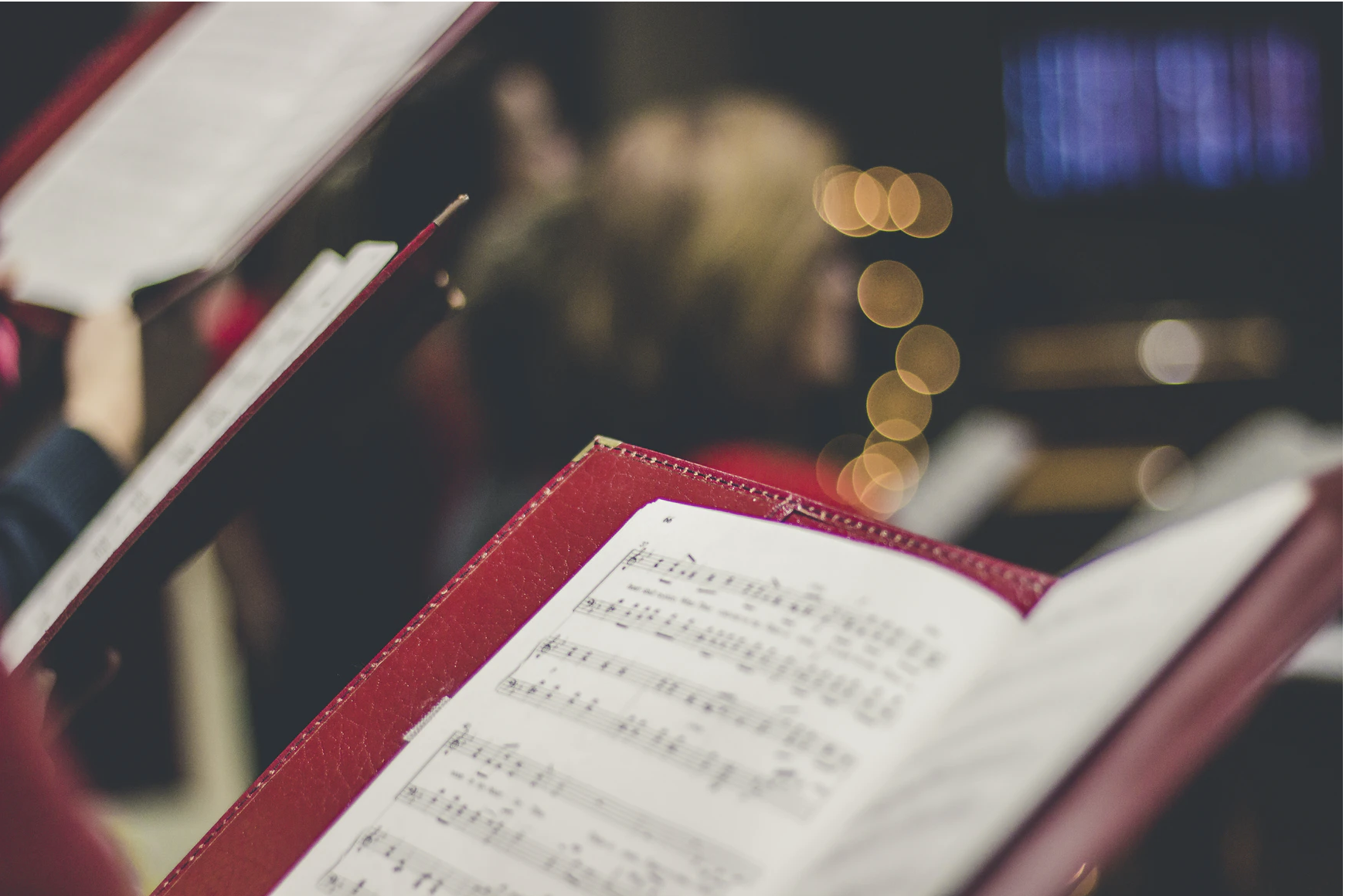By Evelynn Schoenthal
December has begun and ‘tis the season of festive lights and “Deck the Halls” playing repeatedly inside every store. Each of our favorite popular Christmas songs that we hear on repeat during the holidays has its own unique history to it. For instance, did you know that “Jingle Bells” wasn’t originally a Christmas song, or that it wasn’t originally called “Jingle Bells?” Keep reading to learn the brief history of how five classic Christmas songs came to be.
“Jingle Bells”
John Pierpoint Morgan, the writer of the song, originally named it “One Horse Open Sleigh” in 1857 not intending for it to be a Christmas song. It was intended for it to be performed at a Thanksgiving service. However, a few verses may have needed to be cut given their risque nature. The verses about picking up girls or crashing their sled are often omitted. Two years after its origin, in 1859, it was reissued under the familiar name we know and love. In addition, there is contention surrounding where Morgan wrote “Jingle Bells.” Two places: Medford, Massachusetts and Savannah, Georgia both claim to be the birthplace of the carol. However, Savannah is the more likely place of origin, since Morgan was a music director for the Unitarian Church at the time.
“O, Christmas Tree”
In its home country Germany, this song is known as “O Tannenbaum.” However, the modern version of the carol originated at two separate times in history. The melody was written in the 16th century by Melchior Franck about a fir tree in winter. The original lyrics of “O, Christmas Tree” did not pertain to Christmas, but rather the endurance and faithfulness of fir trees. The lyrics we know today were written in the 19th century, most likely by a Christian preacher to acknowledge the German tradition of Christmas trees.
“Hark the Herald Angels Sing”
Prior to 1753, Charles Wesley, a hymn writer, wrote a poem inspired by London church bells. He penned it to be read during service on Christmas day, but the poem was translated into a Christmas song by George Whitefield. Originally, the tune was not memorable, so in 1854 Felix Mendolssohn, a Jewish composer, composed the final tune and lyrics of the carol.
“Silent Night”
Until the 20th century, “Silent Night,” or rather “Stille Nacht Heilige Nacht,” was rumored to be penned by Mozart or Beethoven as it popularized. However, the rumor was debunked once the original manuscript was found listing Joseph Mohr and Franz Xaver Gruber as the writers. The writers performed “Silent Night” for the first time on Christmas Eve in 1818. The organ builder at this church took the song to his hometown, where it was distributed by two traveling folk singers. In their travels, the original manuscript listing Mohr and Gruber as the writers was lost.
“Deck the Halls”
The melody for “Deck the Halls” originated from a Welsh song sung on New Years’ Eve in the 16th century. Thomas Oliphant, an English lyricist, wrote the English lyrics in 1862. His aim was to write lyrics that fit the tone of the melody—merriment and celebration. “Deck the Halls” was published in the American Pennsylvania School Journal in 1877 with revised lyrics to omit references to drinking. The original line “Fill the mead cup, drain the barrel” was replaced with “Don we now our gay apparel.”
These are just a few examples of our favorite holiday carols’ unique history. Go on and share your newfound knowledge with your family this Christmas!

